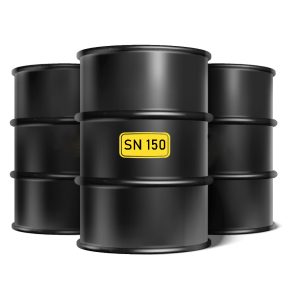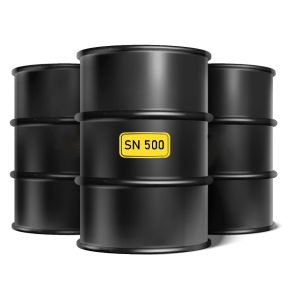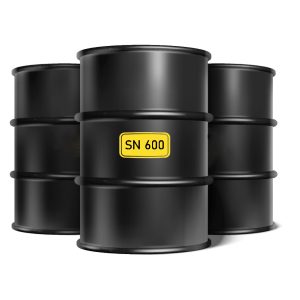Base Oil Group 1
Showing all 3 results
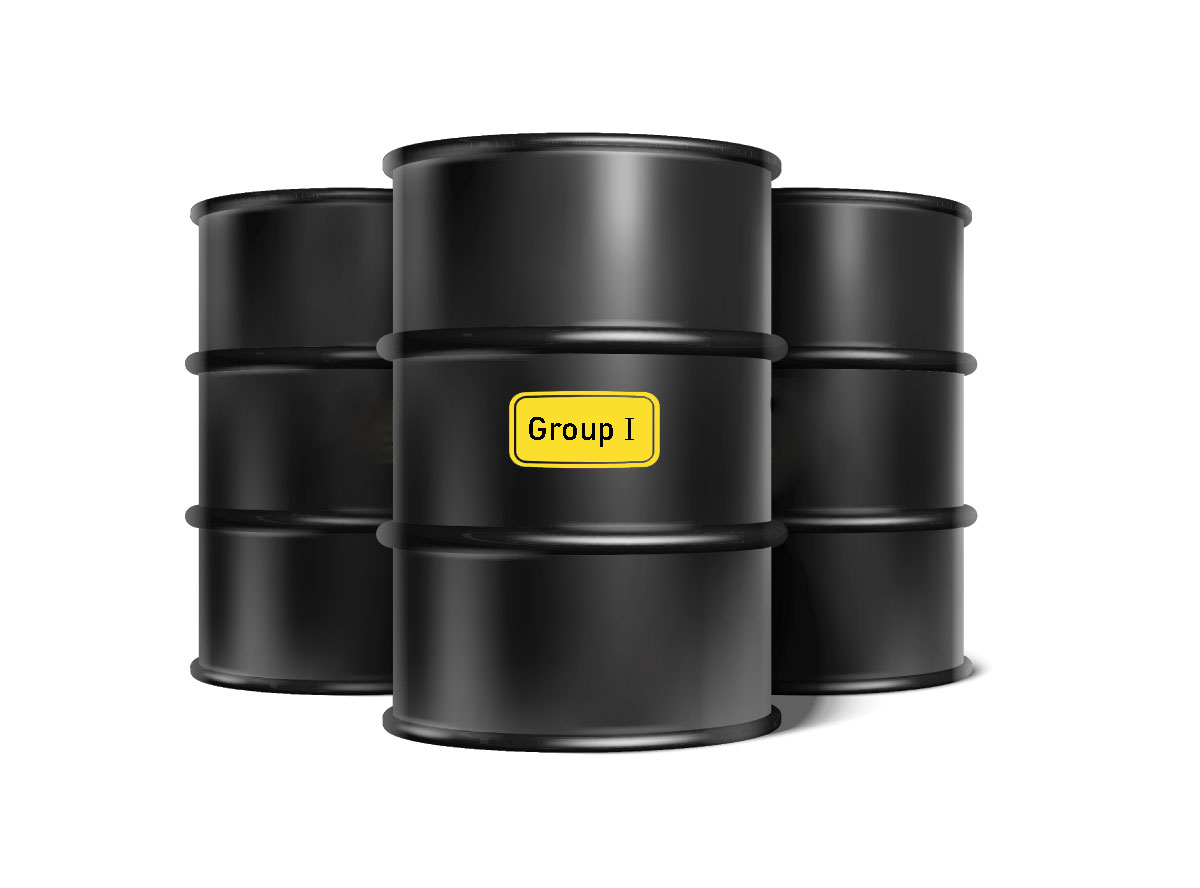
What are Base oil group 1? What is the difference with other base oils?
Due to the increasing expansion of machines, cars and mechanical devices, there was a strong need for processed oils and lubricants. These devices needed these products to improve their performance and prevent damage caused by corrosion and erosion. Processed lubricants and oils are a combination of base oils and additives. In the following, we are going to talk about base oil group 1 and explain its difference from other groups.
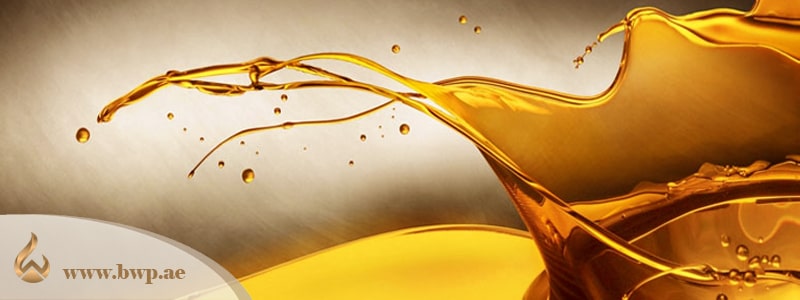
What is Group I?
Base Oil Group 1 is a type of base oil that is a derivative of crude oil and is refined with a solvent during a process. This process is carried out in petrochemicals and oil refining centers. The degree of saturation, the level of sulfur in the oil and the level of viscosity are some of the factors on which base oils are classified. These factors in Base Oil Group 1 are as follows:
- Saturation level: less than 90%
- Sulfur level: higher than 0.03 percent
- Viscosity level: between 80 and 120 mPa/s
Base Oil Group 1, economical oils with high performance
In the previous section, we discussed the definition of base Oil Group 1 and their specifications. In this section, we refer to its uses.
1)Base oil for making engine oil
As mentioned, car oils are a combination of base oil and additives. Independently, the base oil does not have all the technical characteristics required to be used in the cylinders and gearbox of the car. Anti-friction, anti-wear and anti-oxidation are some of the things that are either not present in these oils or their amount is less than expected. Various additives are used to achieve the desired amount.
Some of these additives are:
1- Anti-friction additives based on organic molecules
These additives reduce friction and wear in parts by creating a thin layer; The advantage they have over the group of sulfur and phosphorus-based additives is that they do not cause problems in the performance of catalysts.
2- EP additives
These compounds are usually used to increase compressibility. Their constituent elements are usually in the form of soaps that have a polar end and a non-polar end. Their polar head creates a coating on metals and prevents the surfaces from sticking in hard working conditions and high pressure.
3- Phenolic compounds and aromatic amines
These compounds are used as anti-oxidation additives. To stop the oxidation process, the reaction of free radicals in the oil with oxygen must be prevented. Phenolic compounds and aromatic amines prevent oxidation by occupying space in the oil structure and preventing the reaction with oxygen.

2) base oil for making grease
Greases are used to lubricate rotating shafts and components of mechanical devices that have movement. Most of these devices are operating under high heat and high pressure conditions, so the quality of the grease should be such that the mechanism can handle those conditions. It is not possible to produce grease suitable for heavy work from base Oil Group 1 The grease obtained from this type of base oil is mostly used for lubrication in doors and hinges and components that are not under high pressure. These types of greases are mostly used for household and light purposes due to their cheap price. 90 to 95 percent of these greases are made of group 1 base oil and 5 to 10 percent of them are made of additives.
| Property | Description |
|---|---|
| Type | Mineral-based (Solvent-refined) |
| Viscosity Index | 80–99 |
| Sulfur Content | Higher (compared to Group II and III) |
| Color | Typically darker |
| Processing Method | Solvent extraction, dewaxing, and hydrotreating |
| Common Grades | SN 150, SN 500, SN 600 |
| Applications | Automotive lubricants, industrial oils, process oils, greases, metalworking fluids |
| Key Advantages | Cost-effective, good solvency, widely available |
| Typical Users | Blenders, lubricant manufacturers, industrial end-users |
| Packing Options | Drums, IBCs, Flexitanks, Bulk |
| Availability | Ready stock in UAE and global shipping options |
Difference between Group I base oil and other groups
The difference between base oils is in their physical and chemical characteristics. Oils are classified by the American Petroleum Institute. This institute has divided base oils into 5 groups. The first to third groups of crude oil refining are obtained in refineries, while the fourth group is synthetic base oils and the fifth group is any type of base oil that is not classified in the previous groups. Below is a brief description of each group so that you can understand their differences.
first group
The refining process of this group of oils is much simpler than the other groups. This makes this product cheaper than competitors. The simple process of refining this oil has caused the molecules inside this oil to not have a special structural order, and this increases the internal friction of the oil. Internal friction reduces oil viscosity over time.
The second group
Refinement of these oils is done through a process called hydrocracking. This process converts large molecules into smaller molecules and this creates structural order. By establishing a balance in the structure, this oil becomes saturated and can no longer react with oxygen and its oxidation is reduced.
The third group
The difference between the third and second groups is the intensity of the hydrocracking process. The oil molecules of this category are better organized due to heat and pressure, and its purity and antioxidant properties are higher. In some academic and specialized sources, these oils are referred to as synthesized hydrocarbons.
The fourth group
The oils of this category are synthetic (synthetic) and consist of polyphenols (PAO). The composition and composition of this oil allows experts to control its composition. By using controllability, you can make oils whose characteristics are predictable. This category has a higher price than the other three categories and causes many environmental problems. Also, due to the passage of time, it may cause very hard deposits in the inner walls of the machines.
The fifth group
This category of oils includes naphthenic esters. Usually, this category is not used as a base oil and they are among the additives of group 1 to 4 base oils.
Fill out the form below to receive advice:
frequently asked questions about Base Oil Group 1
- What is Base Oil Group 1?
Base Oil Group 1 is a type of mineral oil obtained through solvent refining and dewaxing processes. It contains less than 90% saturates and/or more than 0.03% sulfur, and has a viscosity index between 80 and 120. It is the least refined of all base oil groups and is commonly used in older or less demanding lubricant formulations. - What are the common applications of Group 1 base oils?
Group 1 base oils are used in: Automotive lubricants for older engines ,Industrial oils (e.g., hydraulic and gear oils), Marine lubricants, Metalworking fluids, Greases. - How does Group 1 base oil compare to Group 2 and Group 3?
Group 1 is less refined, with more impurities and lower performance characteristics. Group 2 and Group 3 have higher saturate levels, lower sulfur, and better viscosity indexes, offering superior performance in modern engines. Group 3 is often used as a synthetic alternative.
last word
In this article, we tried to give you a correct view of base Oil Group 1 and their differences. Black Water company has been able to offer the best group 1 base oil to its customers by using specialized and accurate devices in refineries and cooperating with experienced engineers and specialists. You can contact our experts to know how to order this product.


